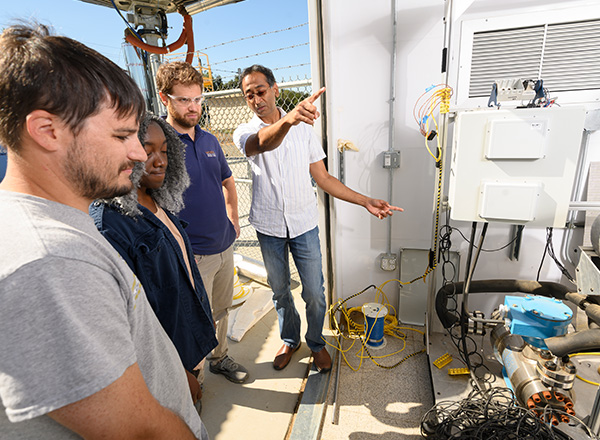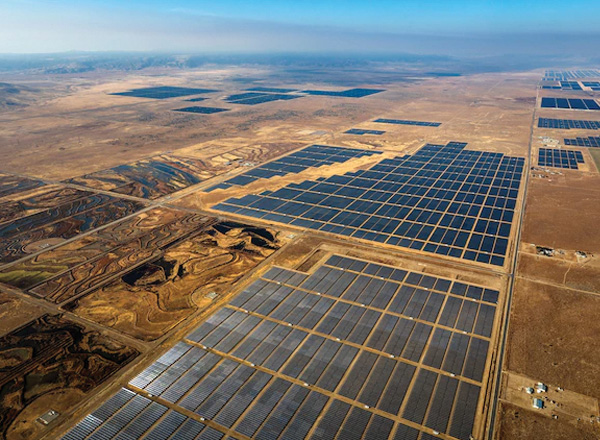Research Team Selected for $4.6 M Department of Energy Award to Advance Concentrating Solar-Thermal Power

Concentrating solar-thermal power technologies can help eliminate carbon dioxide emissions from the energy sector.
Activists fear a new threat to biodiversity—renewable energy

To fight climate change, cleaner energy sources are desperately needed, but some experts say more should be done to keep untouched desert ecosystems intact.

